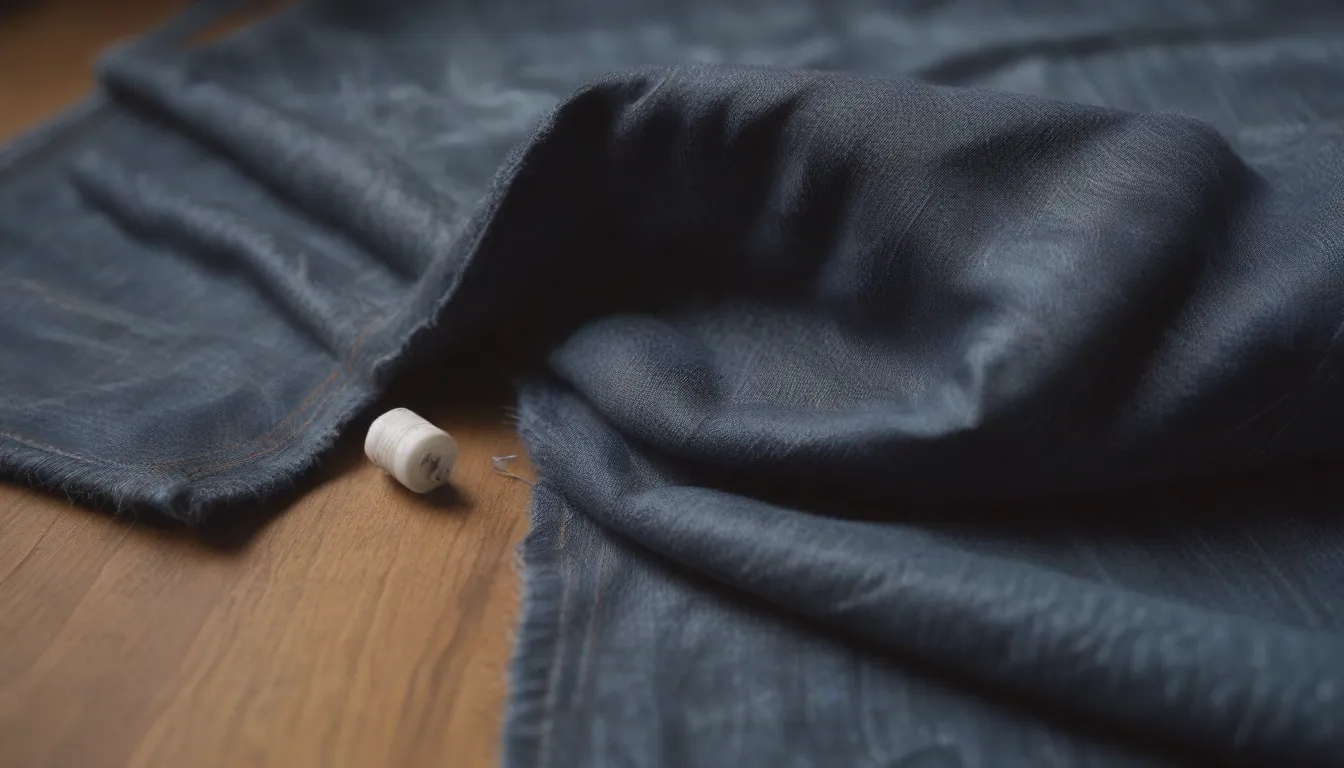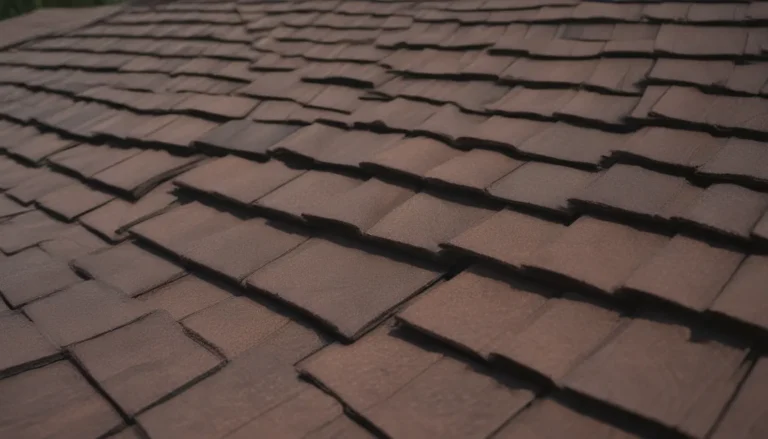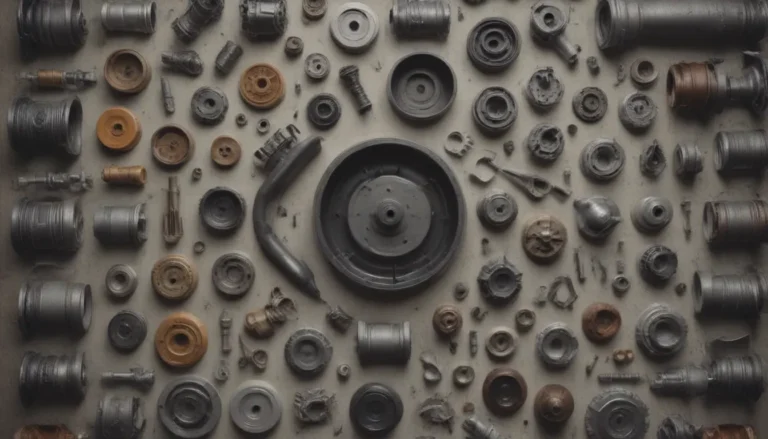The Benefits of Denim Insulation: A Detailed Guide for Homeowners

Are you in the market for new insulation for your home, but tired of the same old options like fiberglass or cellulose? Look no further than denim insulation. Yes, you read that right – denim, the material that makes up your favorite pair of jeans, can also be used to insulate your home.
In this comprehensive guide, we will explore the world of denim insulation, from what it is and how it compares to traditional insulation options, to its pros and cons, and everything in between. So grab a cup of coffee, sit back, and let’s dive into the fascinating world of denim insulation.
What is Denim Insulation?
Denim insulation is made from recycled cotton denim, typically sourced from old jeans. This eco-friendly insulation option can be used in walls, ceilings, floors, attics, and crawl spaces, providing excellent thermal resistance comparable to fiberglass and cellulose insulation. Denim insulation is available in both batt and loose fill form, making it versatile for various home insulation needs.
Why Choose Denim Insulation Over Fiberglass or Cellulose?
Denim Insulation vs. Fiberglass Insulation
- Cotton R-Value: 3.5 per sq. in.
- Soundproofing: Excellent
- Handling: Denim insulation is very dense, making it a great option for soundproofing, but it can be difficult to separate and fluff up compared to fiberglass insulation.
- Health Considerations: While denim insulation is low-dust and less irritating to the skin and lungs than fiberglass insulation, it is still recommended to wear a dust mask when handling denim insulation.
Tip: Some denim insulation is perforated, allowing for easy installation by ripping the insulation lengthwise to fit into stud bays.
Denim Insulation vs. Cellulose Insulation
- Cotton R-Value: 3.5 per sq. in.
- Ease of Installation: More difficult compared to cellulose insulation
- Fire Rating: Most denim insulation is Class A fire-rated, treated with a borate-based flame retardant, offering added fire protection and prevention against fungi and bacteria growth.
Understanding R-Value: R-value is a measurement of thermal resistance, indicating how well a material can resist heat flow. Denim insulation’s R-value of 3.5 per square inch aligns with cellulose insulation, providing efficient insulation for your home.
The Manufacturing Process of Denim Insulation
Have you ever wondered how your old jeans get transformed into a material that can keep your home cozy and soundproof? The process of making denim insulation involves shredding recycled denim fabric into small fibers, treating it with flame retardants, and forming it into batts or loose fill for easy installation.
Pros and Cons of Using Denim Insulation in Your Home
Pros:
- Soft and Easy to Handle: Just like your favorite pair of jeans, denim insulation is soft to the touch and can be handled bare-handed, eliminating the need for protective gear.
- Eco-Friendly: Being made from 85% recycled cotton, denim insulation is a sustainable choice for environmentally-conscious homeowners.
- Recyclable: Not only is denim insulation made from recycled materials, but it can also be recycled post-use, reducing waste and promoting sustainability.
Cons:
- Cost: Denim insulation can be more expensive than traditional options like fiberglass, typically costing 10-50% more.
- Difficulty Cutting: Due to its dense nature, denim insulation can be challenging to cut and shape compared to fiberglass insulation.
- Availability: While denim insulation is becoming more widely available, it may still be limited in some areas or require special orders for purchase.
In-Depth Research on Denim Insulation
In recent studies, researchers have explored the performance characteristics of denim insulation in terms of acoustic properties and sustainability. Studies like “Microstructure and performance characteristics of acoustic insulation materials from post-consumer recycled denim fabrics” by Shafiqul Islam, et al. and “A review of unconventional sustainable building insulation materials” by Francesco Asdrubali, et al. have shed light on the benefits and potential of denim insulation in the construction industry.
In conclusion, denim insulation offers a unique and sustainable alternative to traditional insulation materials, with its eco-friendly composition, excellent soundproofing capabilities, and ease of handling. While it may come at a slightly higher cost and require specialized installation techniques, the long-term benefits of using denim insulation in your home make it a worthy investment in comfort and sustainability.
So, next time you’re considering upgrading your home insulation, think outside the box – or shall we say, outside the closet – and give denim insulation a try. Your home, your wallet, and the environment will thank you for it!





